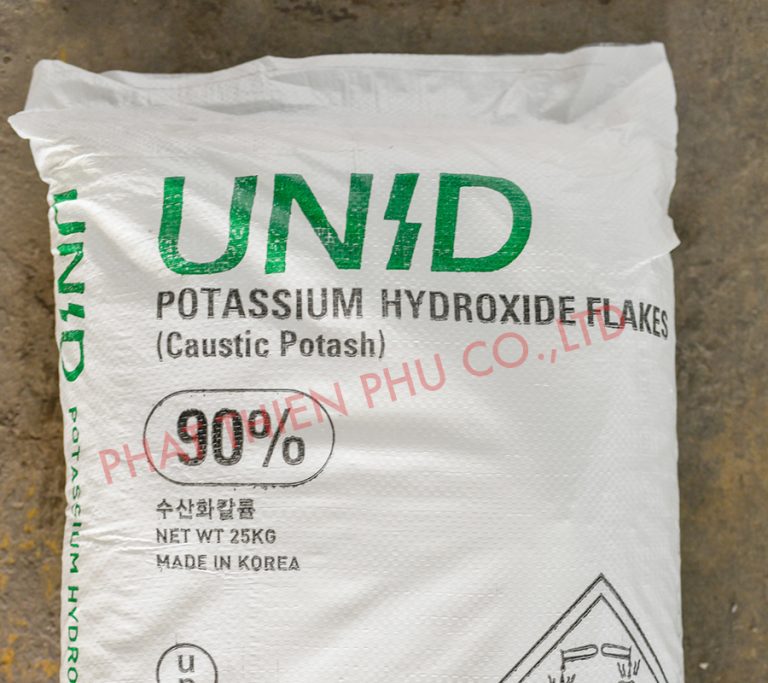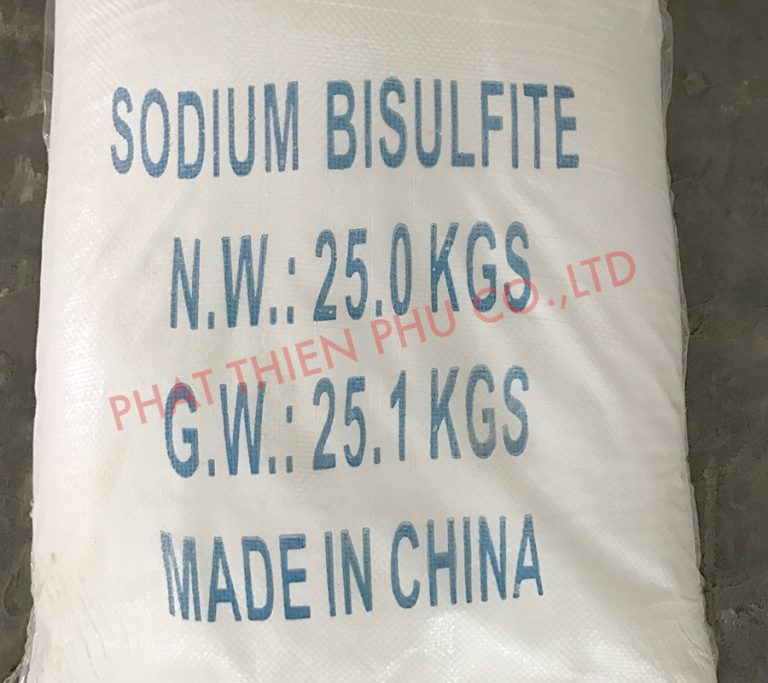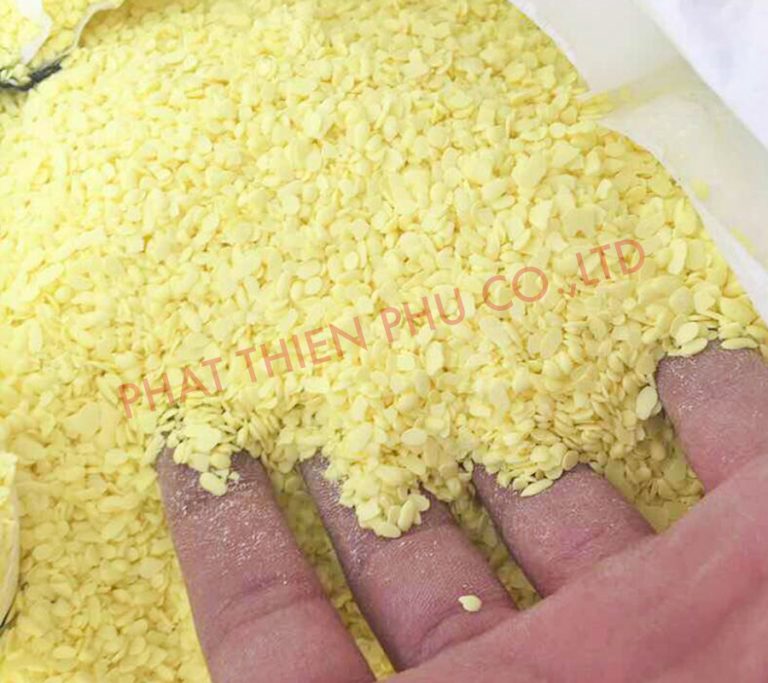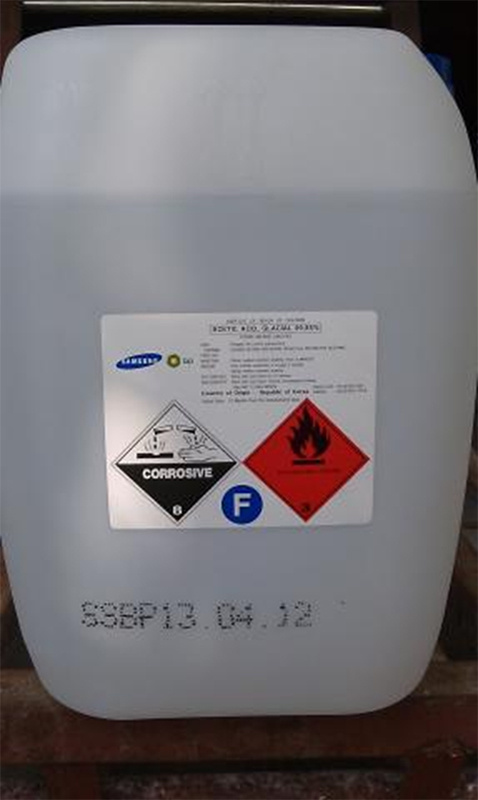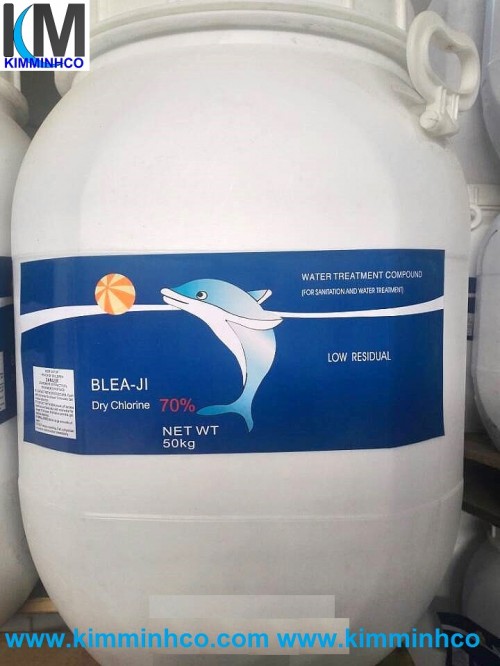| Chlorine is a strong oxidizing compound, toxic to all organisms, used to disinfect water, ponds, nursery tanks, and tools.
Chlorine can kill all bacteria, viruses, algae, plankton in the water environment.
In saltwater environments, brackish chlorine is available in two forms: HOCl and OCl-; HOCl is one hundred times more toxic to organisms than OCl-. When environmental pH is low, HOCl forms prevail, whereas when high environmental pH OCl- prevails.
Therefore, in low pH environments, Chlorine is more effective than high pH environments.
The amount of calcium hypochlorite used depends on the chlorine content found in calcium hypochlorite and environmental pH, the content of organic matter, the clarity of the water, ammonia, etc.
With 70% Chlorine content (present in Calcium hypochlorite), 50 –100ppm can be used to disinfect pond bottoms and 20 –30 ppm to disinfect pond water. In ponds, fish farming can be used with the content of 0.1 - 0.2 ppm.
Chlorine res.. |

